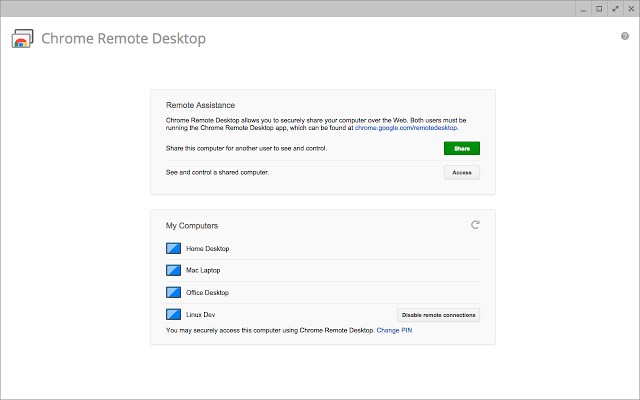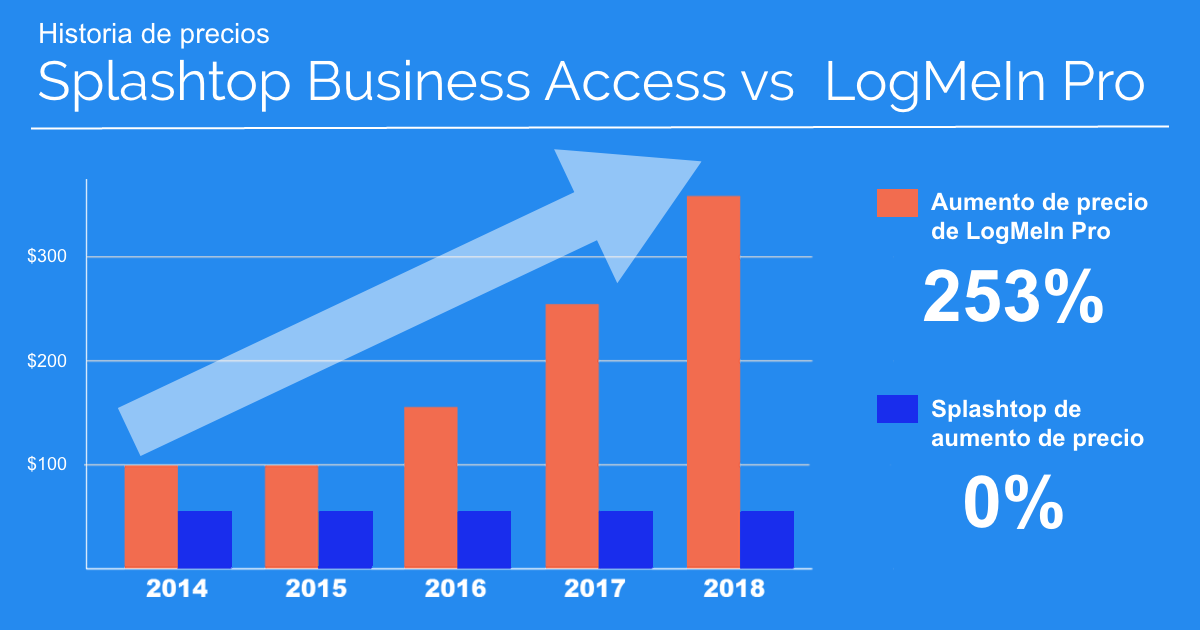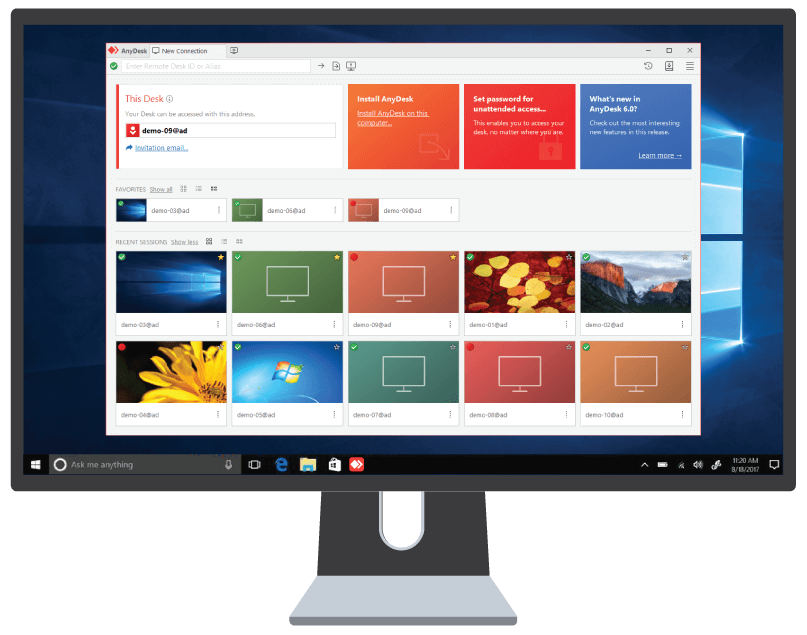
I was also happy to find it offers remote file transfer.Ĭons: TeamViewer is powered by WINE, it’s not as fast as alternative software, and TeamViewer is nowhere near as user friendly as Splashtop. TeamViewer Management Console has web-based access, assigned IDs or user accounts, and Android app for control of remote desktops. The nag screen asks you to buy the application. The main downside to using TeamViewer I’ve found is that it nags you when you close the application. I’d also point out that TeamViewer is better suited for remote desktop help desk than Splashtop. Its speed isn’t quite as fast as Splashtop, but its good enough for most people. TeamViewer has also put together extensive Linux documentation on installing the software onto just about any distribution you can think of. It offers a graphical installer, however I’ve found it works better on non-Ubuntu distributions than Splashtop. TeamViewer – Like Splashtop, TeamViewer puts Linux users into a position of control fairly easily. Also the lack of a file transferring option is a bit of a downer. Pros: Free to use for personal use, easy to install/setup, fast and reliable.Ĭons: Not open source in its entirety, although it does use some open source code.

If the remote desktop user needs help and you’re away from your desktop, you can provide assistance with the Splashtop app for Android. Then you can connect to their desktop remotely via Splashtop Personal. Have the remote desktop user install Splashtop Streamer onto their Linux box. There is no port forwarding and no explaining how to set it up to the remote user – just login and go. Splashtop – Nothing and I mean NOTHING touches this software in terms of simplicity and stability. Realizing this, I decided to start off my round up of remote desktop software with this in mind. Most people are going to want something simple, something best classified as plug-n-play. I’ll explore both open source and closed source solutions. In this article, I’ll share some recommended remote desktop software for Linux. However thanks to the wonders of broadband Internet and advanced software, we’re now able to do the next best thing.


Obviously, when a malfunction occurs it’s not always possible to be there in person. This is especially true when it comes to troubleshooting any issues.

Over the years I’ve found that a significant hurdle to getting family and friends to switch to Linux comes from its lack of familiarity.


 0 kommentar(er)
0 kommentar(er)
